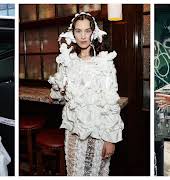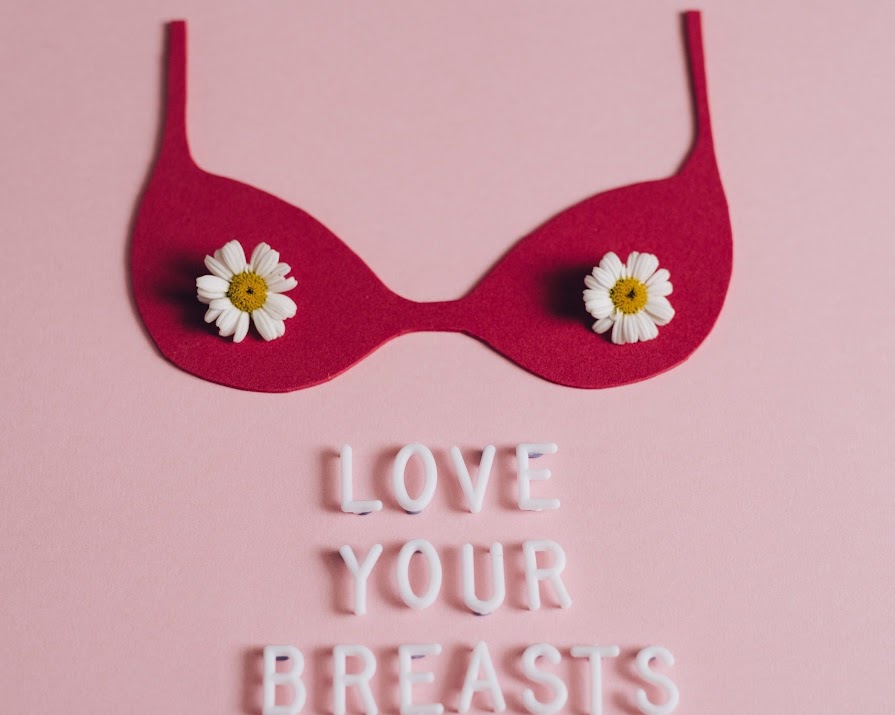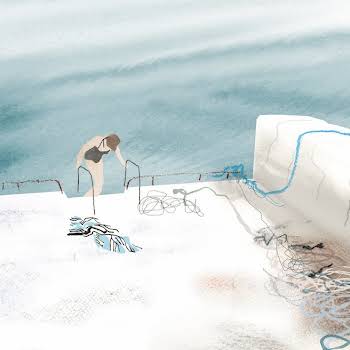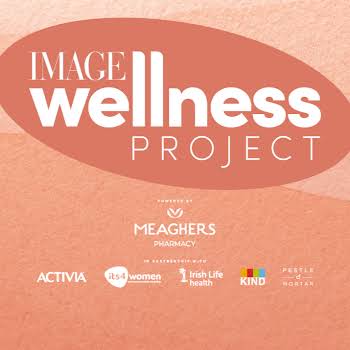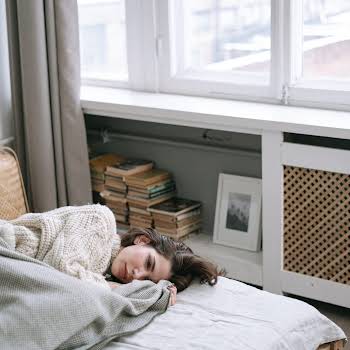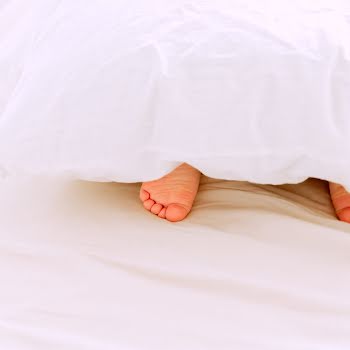By Grace McGettigan
03rd Oct 2023
03rd Oct 2023
It's October, which means it's Breast Cancer Awareness Month. While regular check-ups with your GP are important, so is learning how to check your breasts at home.
Breast cancer is the second most common cancer among women in Ireland, with over 3,000 diagnoses being made every year. What’s more, approximately eight women are diagnosed with the illness every single day. Given its prevalence in this country, it’s important we give ourselves the best chance; that is by regularly checking our breasts for changes, no matter how big or small.
But how? It’s not the type of thing they teach us in school, and unless a doctor has shown you, it can seem like a foreign concept. For that reason, we’ve gathered and compiled expert advice from Breast Cancer Ireland, the Irish Cancer Society and the Marie Keating Foundation to make the process simple and straightforward.
Before you get started
There are a few things that will make life (and self-exams) easier for you. The main thing is to find your ‘normal’, and seek professional advice if your normal begins to change.
Note that your ‘normal’ will change at various points of your menstrual cycle. This is okay. Become familiar with how your breasts look and feel before, during and after your period. After a few months, you’ll see a pattern of what’s normal for you. Similar changes may also happen during menopause or breastfeeding.
Firstly, develop a routine. For at-home checks to work, you need to do them regularly. Choose something you already do on a regular basis (be it having a shower, listening to a weekly podcast, or even just getting dressed) and use that activity as a marker. Soon, doing one with the other will become second nature.
Breast Cancer Ireland have an app you can download that provides discreet monthly reminders, a step-by-step video guide on how to perform a self-breast examination and signs and symptoms to look out for.
Secondly, keep a journal, either on your phone or on paper. Make a note of what you feel, and the colour/pigmentation of your breasts, and note if one looks bigger than the other. You might think you’ll remember the details from check to check, but it’s human nature to forget. Jot down everything, including the day’s date, just in case.
Thirdly, don’t be afraid if you feel something unusual. Not all lumps are cancerous. In fact, more often than not, there’s nothing to worry about but you should not ignore it. Simply make a note of it, and arrange an appointment with your doctor at your earliest convenience.
How to check your breasts at home
Approximately 74% of Irish women with breast cancer discovered the lump themselves, which highlights the importance of examining your breasts at home. Here are four ways to do that:
- Stand in front of a mirror and become familiar with what your breasts look like from all angles. Note their size, pigmentation, the appearance of the skin and the appearance of the nipple.
- Using four fingers and the flat of your hand, begin at the outer edge of the breast (nearest your chest) and work around in a full 360-degree circle. Keep pressing the breast in circular motions, noticing if any breast tissue feels different from the rest. Continue feeling around in circular motions, moving inwards, until you reach the nipple.
- Next, check your armpit, as breast tissue extends here. Raising one arm up above your head, use your four fingers (flat, just as before) and feel around the breast tissue. Repeat with your other armpit. Some women find this easier to do while lying down.
- Gently squeeze your nipple and check for discharge.
Breast Cancer Ireland has a helpful self breast exam video, that takes you through the process step-by-step. They’re also a great resource for education and awareness, research and ways to get involved.

Things to be aware of
The Irish Cancer Society and Breast Cancer Ireland say to look out for the following symptoms:
- A change in size or shape – it may be that one breast has become larger or lower than the other.
- Changes in the nipple – in direction or shape. Is it pulled in or flattened?
- Changes on or around the nipple – is there a rash, flaky or crusted skin? Is there discharge?
- Changes in the skin – dimpling, puckering or redness.
- ‘Orange peel’ appearance of the skin caused by unusually enlarged pores.
- Swelling in your armpit or around your collarbone.
- A lump, any size, or thickening in your breast.
- Constant pain in one part of your breast or armpit.
Risk factors
While there is no way to prevent the illness completely, there are a few lifestyle changes that can reduce your risk. These are:
-
- Limit alcohol consumption
- Don’t smoke
- Get active and exercise regularly
- Maintain a healthy weight
- Be breast-aware; i.e. be familiar with your ‘normal’.
Remember, when in doubt, always seek further advice from your GP or local healthcare practitioner. More information can be found at Breastcancerireland.com, Cancer.ie and MarieKeating.ie.
This article was originally published in 2021.










